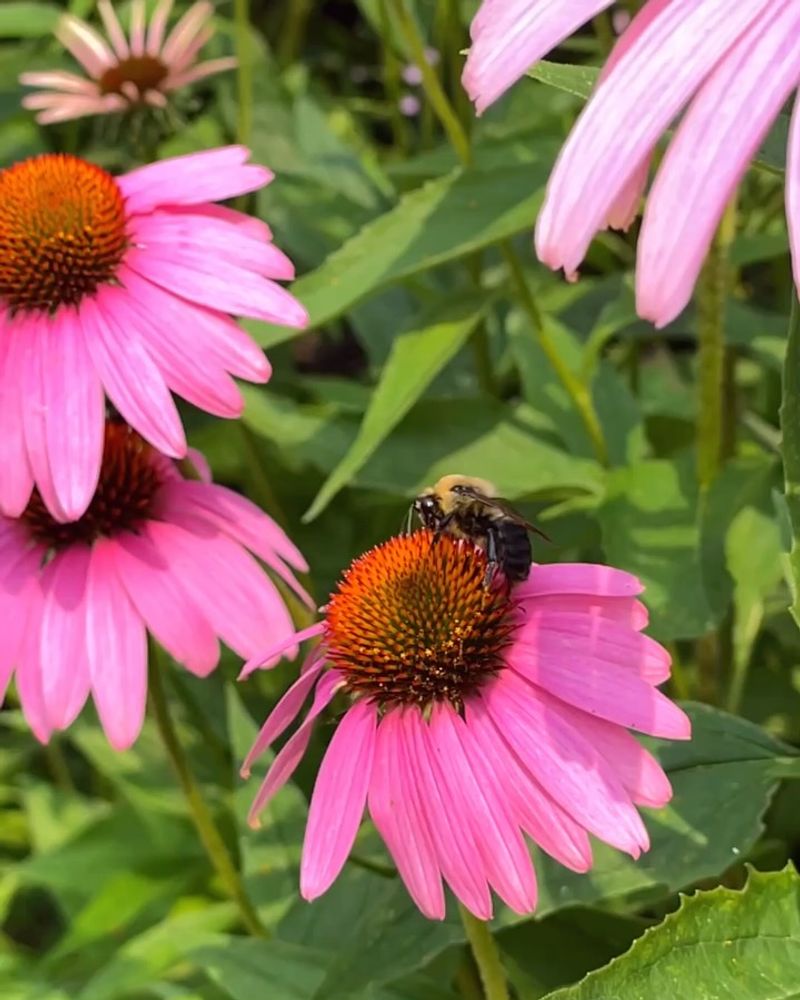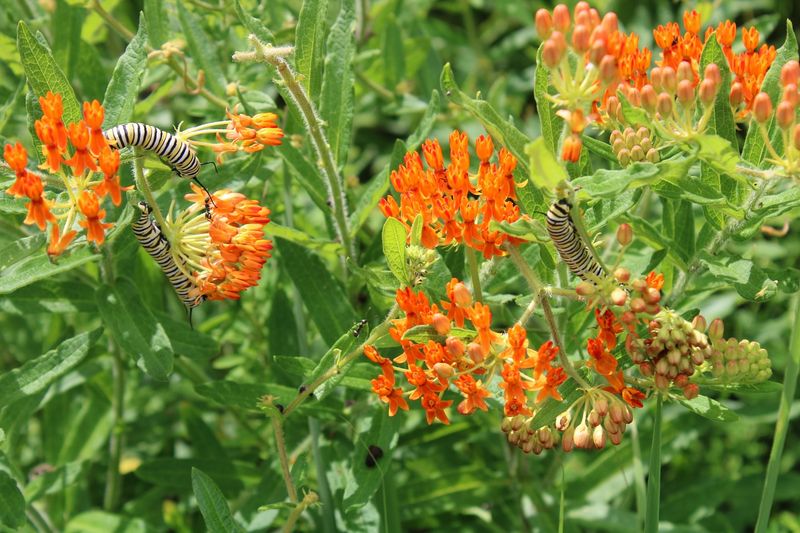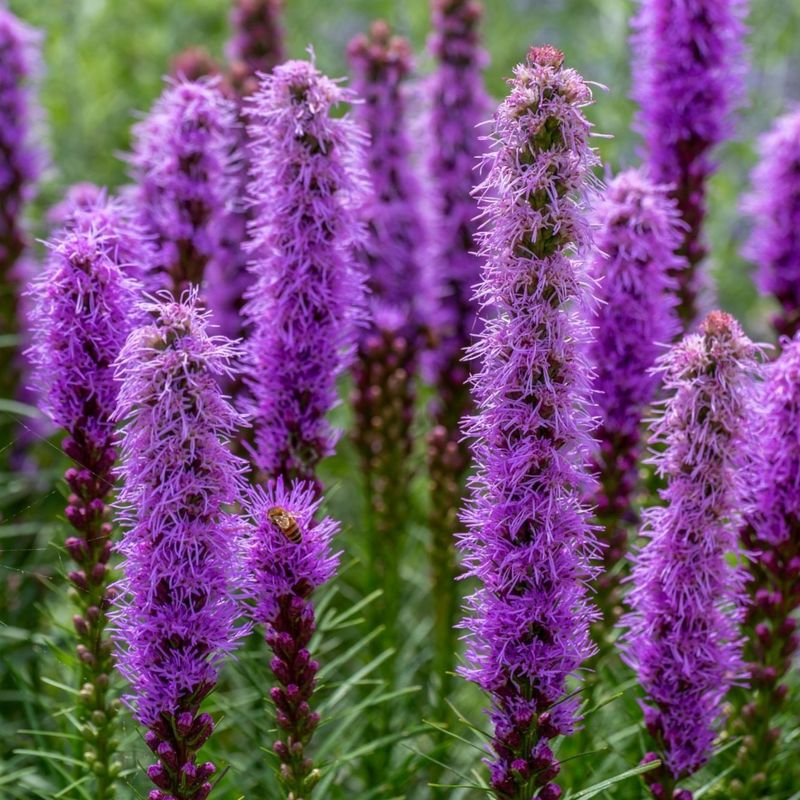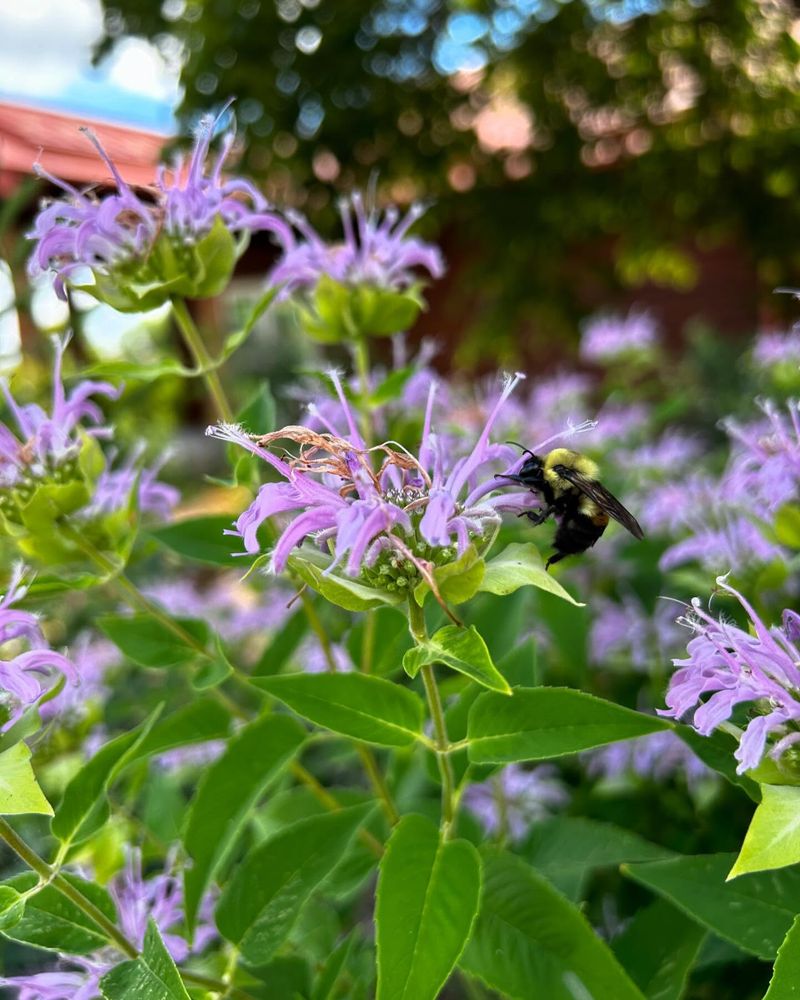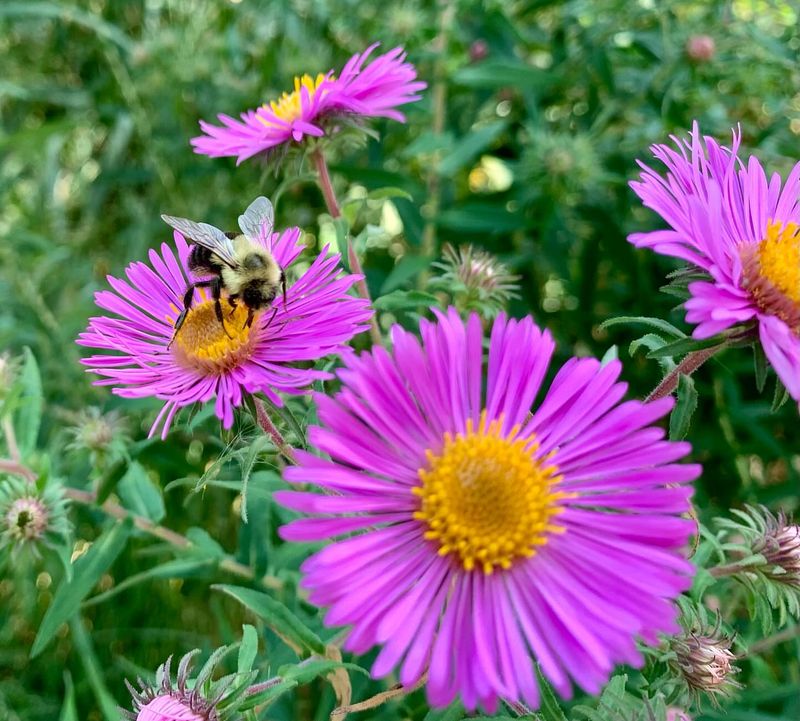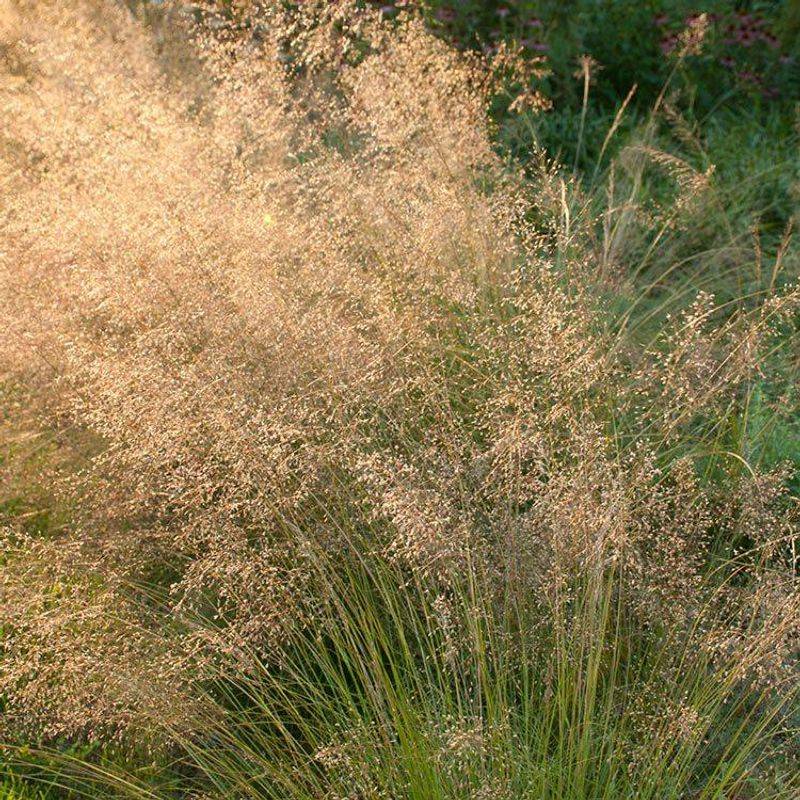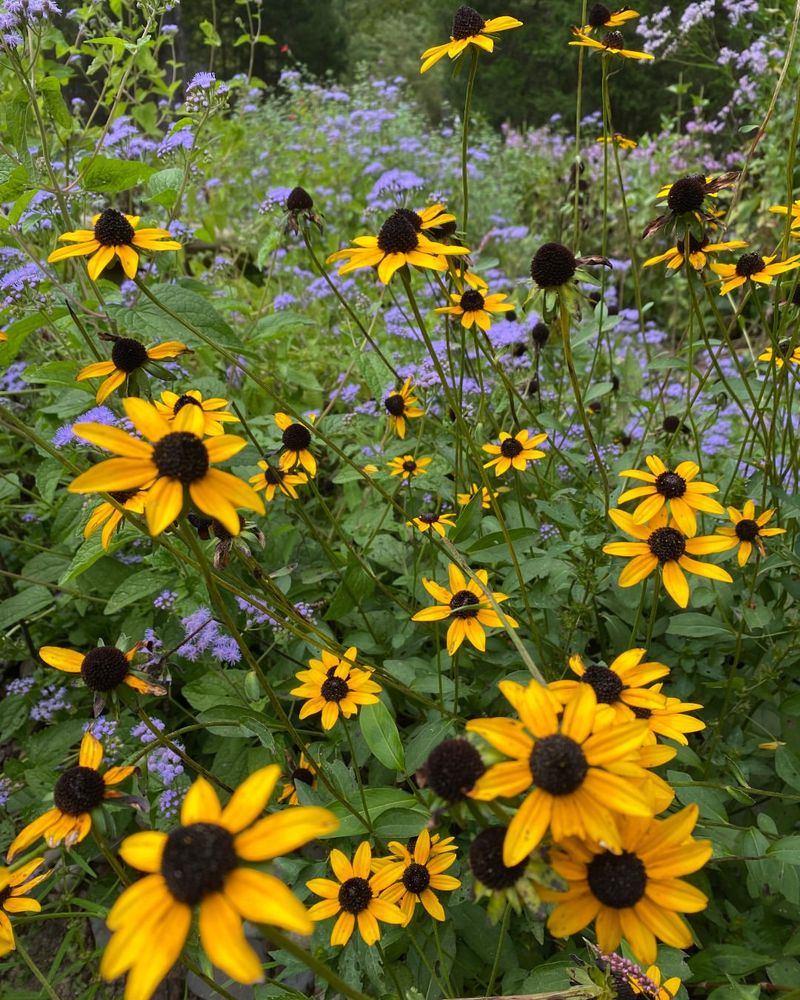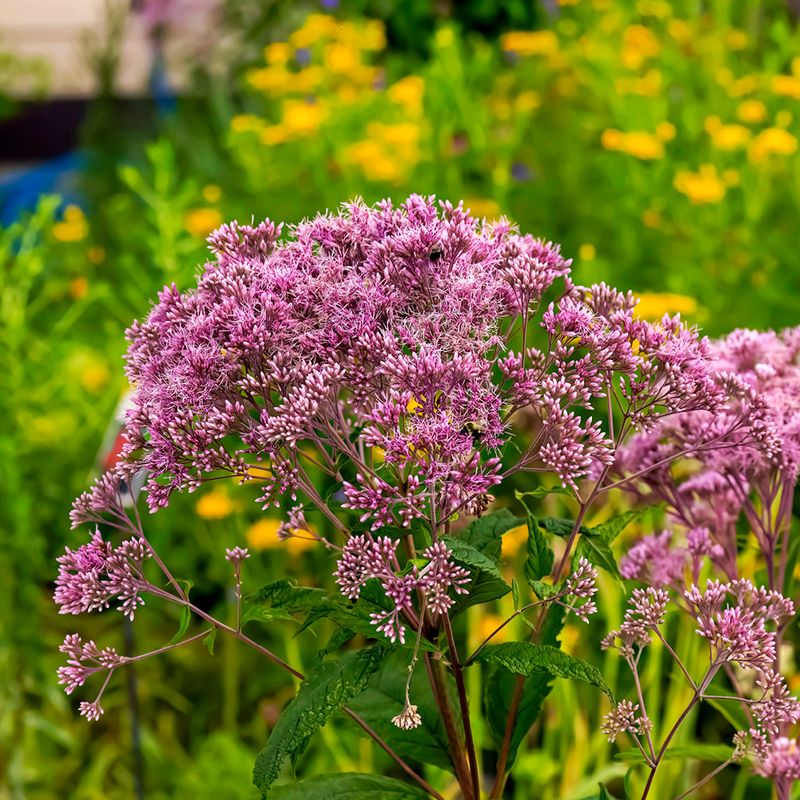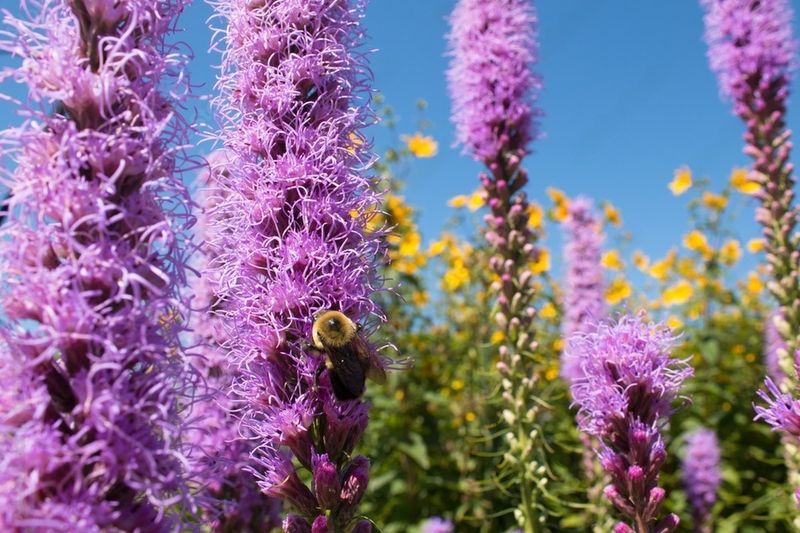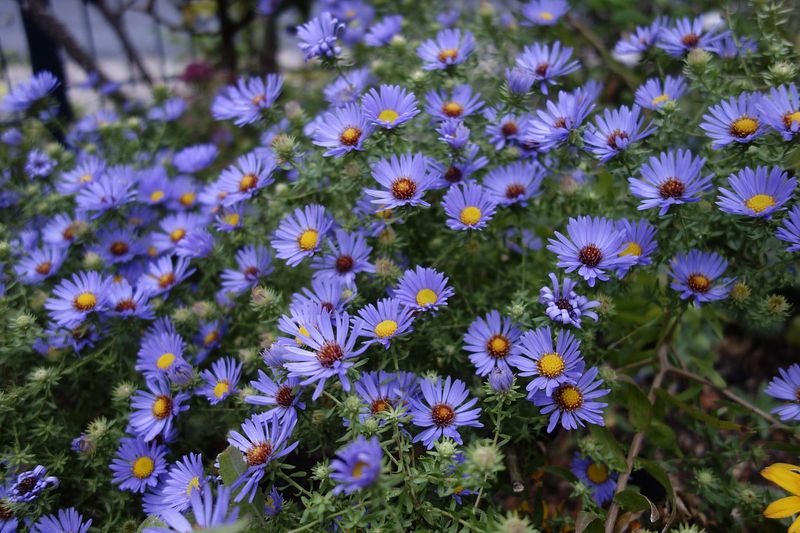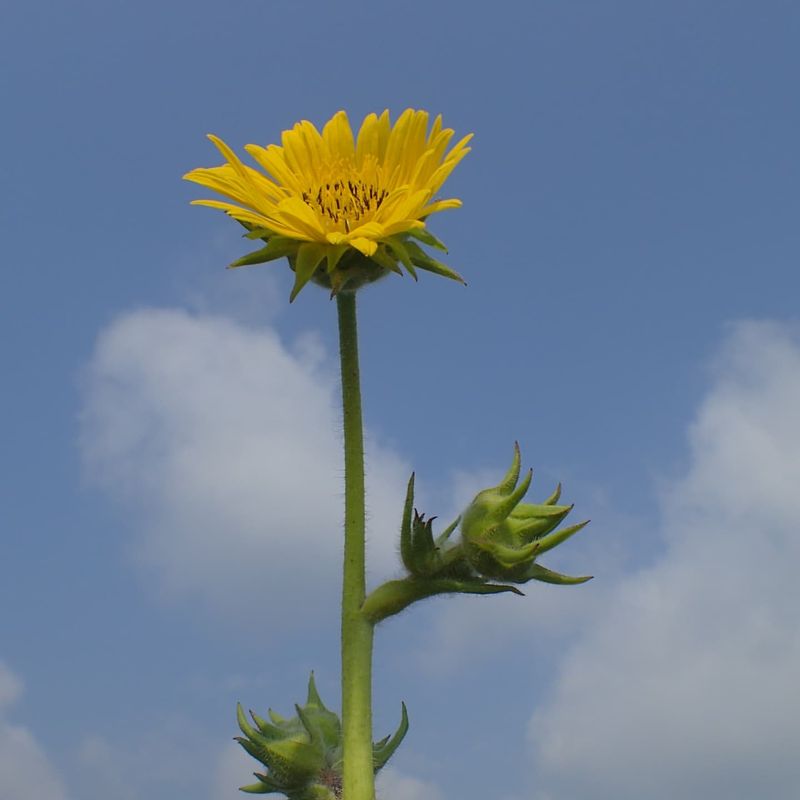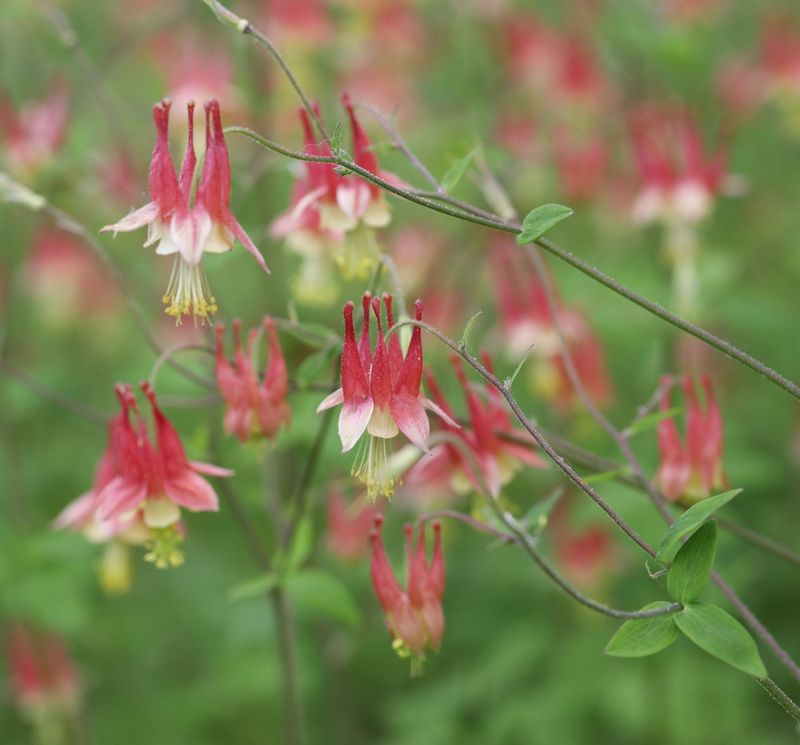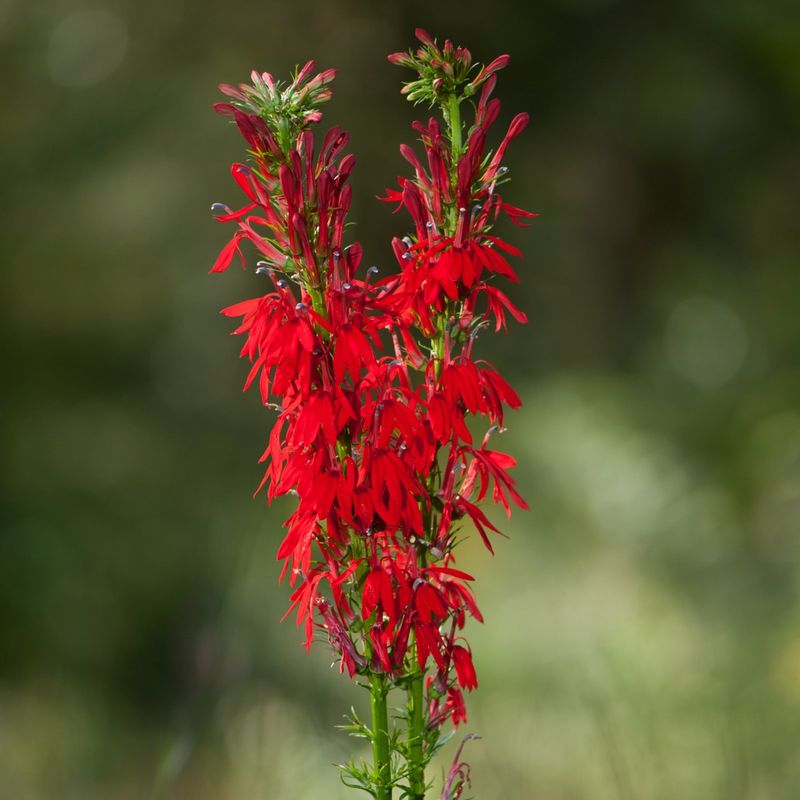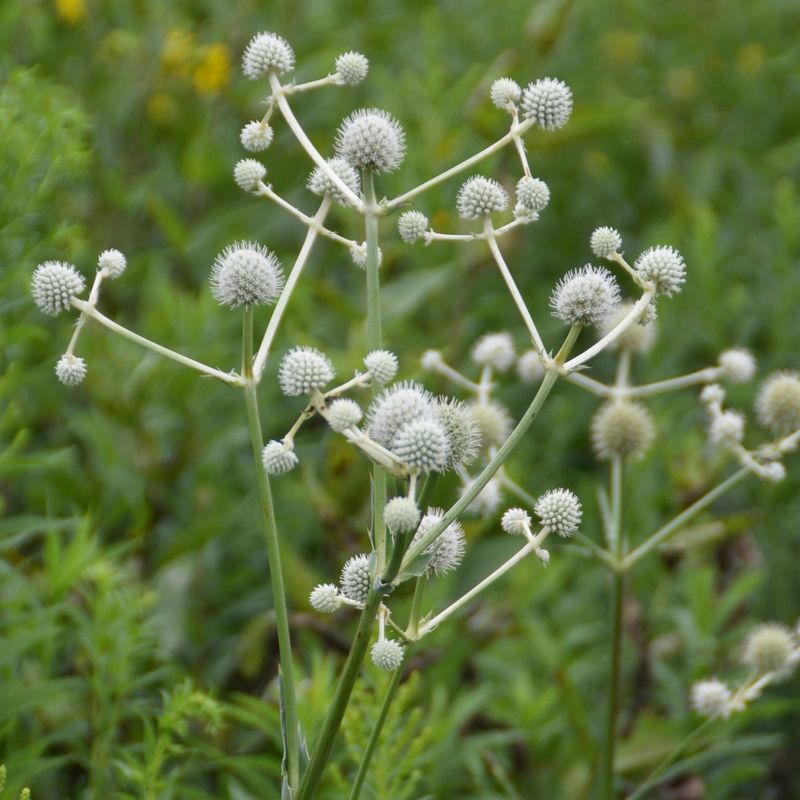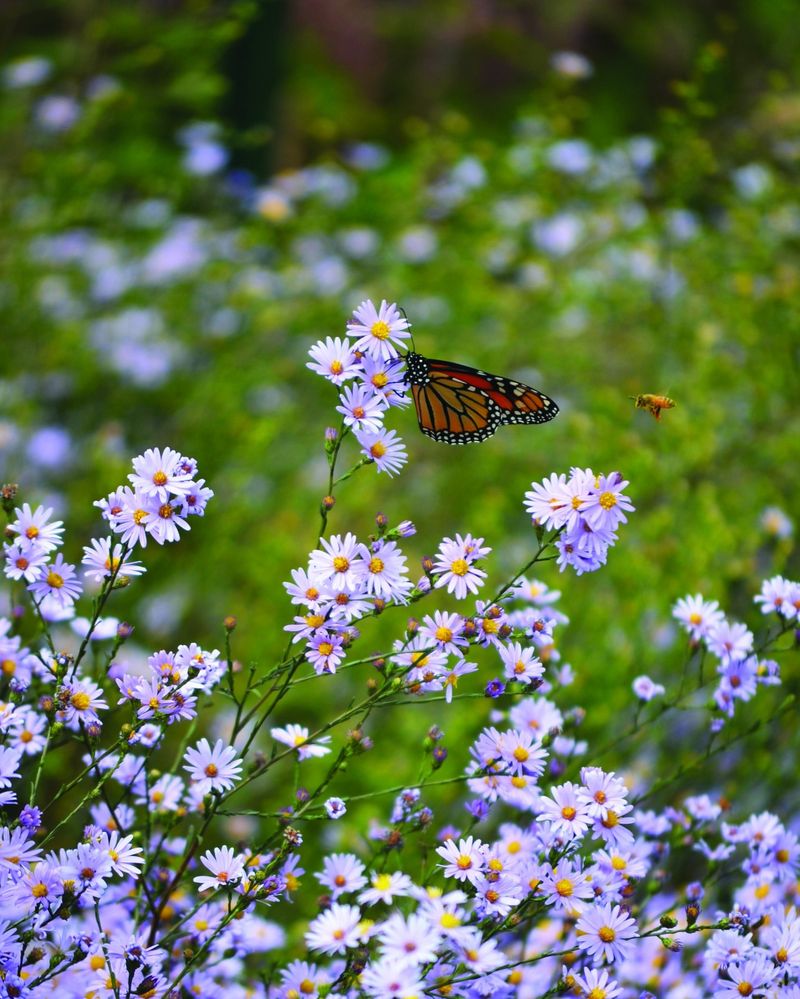Native plants like purple coneflower, milkweed, and goldenrod fit naturally into Kansas City yards. These species blend well with local soil and weather conditions.
Planting them supports the natural landscape and provides habitat for pollinators. They bring seasonal color and texture without demanding too much care.
Adding native plants can make your yard feel more connected to the surrounding environment.
1. Purple Coneflower
You’ll spot these cheerful blooms all over Kansas during summer months. Their distinctive purple petals and spiky orange centers are pollinator magnets.
Bees can’t resist their nectar, while goldfinches love the seeds. Purple coneflowers are drought-tolerant once established, making them perfect for Kansas City’s unpredictable weather patterns.
2. Butterfly Milkweed
Monarch butterflies simply cannot survive without milkweed. The vibrant orange clusters light up Kansas gardens while providing crucial habitat for these iconic insects.
Their caterpillars feed exclusively on milkweed leaves. The plant thrives in full sun and poor soil, actually preferring the clay-heavy ground common throughout Kansas City neighborhoods.
3. Blazing Star
Tall purple spikes create dramatic vertical interest in any Kansas landscape. Hummingbirds zip around these flowers while butterflies perch on the blooms for extended feeding sessions.
Blazing stars prefer the sunny, well-drained conditions typical across Kansas City. Their late summer flowering provides crucial nectar when many other plants have finished blooming.
4. Wild Bergamot
Also called bee balm, this aromatic member of the mint family produces lavender pom-pom flowers that Kansas bees simply adore. The fragrant foliage repels garden pests naturally.
Hummingbirds frequently visit while butterflies linger on the blossoms. Throughout Kansas City gardens, wild bergamot establishes quickly and spreads moderately, creating beautiful colonies in sunny spots.
5. New England Aster
Late-season blooms provide crucial fuel for migrating monarchs passing through Kansas. The vibrant purple flowers with yellow centers create stunning fall displays when other plants fade.
Bees gather final pollen stores from these sturdy perennials. New England asters tolerate the range of soil conditions found throughout Kansas City neighborhoods, from clay to loam.
6. Prairie Dropseed
Graceful fountains of fine-textured foliage make this native grass a standout in Kansas landscapes. The delicate seed heads dance in autumn breezes, providing food for songbirds.
Unlike many ornamental grasses, prairie dropseed stays manageable in size. Kansas City gardeners appreciate how this drought-tolerant grass provides shelter for beneficial insects while adding movement to garden designs.
7. Black-Eyed Susan
Golden daisy-like flowers brighten Kansas gardens from early summer through fall. Their cheerful blooms seem to capture sunshine even on cloudy days, attracting countless pollinators.
Finches feast on the seeds during winter months. Black-eyed Susans self-seed readily in Kansas City yards, creating naturalized drifts that require minimal maintenance once established.
8. Joe Pye Weed
Towering mauve flower clusters create butterfly highways above Kansas gardens in late summer. Despite the name, this impressive native isn’t a weed but a valuable garden plant reaching 6 feet tall.
Monarchs, swallowtails, and skippers flock to the nectar-rich blooms. Kansas City gardeners with moist areas will find Joe Pye weed particularly well-adapted to those challenging spots.
9. Prairie Blazing Star
Distinctive bottle-brush flowers create purple streaks through Kansas prairies and gardens alike. Monarchs fuel their migration by feeding heavily on these nectar-rich blooms during late summer journeys.
Unlike garden varieties, this wild blazing star develops deep taproots. Throughout Kansas City, these drought-resistant natives thrive in full sun locations with minimal care once established.
10. Aromatic Aster
Masses of small purple flowers with yellow centers carpet Kansas gardens in autumn. Unlike its taller cousins, this compact aster fits perfectly in smaller spaces while still supporting late-season pollinators.
The foliage releases a pleasant scent when brushed against. Across Kansas City neighborhoods, aromatic aster thrives in dry, sunny spots where many other plants struggle.
11. Compass Plant
Massive yellow flowers top impressive 8-foot stalks that dominate Kansas prairie landscapes. The deeply-cut leaves align north-south to minimize water loss, giving this native its unusual name.
Bees buzz excitedly around the sunflower-like blooms. Throughout Kansas City’s restored prairie areas, compass plants serve as dramatic vertical accents while their deep roots improve soil health.
12. Wild Columbine
Delicate red and yellow nodding flowers dangle like ornaments in partly shaded Kansas woodlands. Hummingbirds thrust their long bills into the nectar spurs while performing aerial acrobatics around these spring bloomers.
The distinctive star-shaped leaves emerge early in the season. Kansas City gardeners with dappled shade find wild columbine perfectly suited to woodland garden edges.
13. Cardinal Flower
Brilliant scarlet spikes create dramatic splashes of color in Kansas’s moist areas. Hummingbirds aggressively defend these nectar-rich territories, darting between the tubular flowers with remarkable precision.
The intense red color stands out from most other natives. Along Kansas City’s streams and rain gardens, cardinal flowers thrive in spots that would drown many other perennials.
14. Prairie Phlox
Fragrant clusters of pink flowers perfume Kansas spring gardens while providing crucial early-season nectar. Butterflies and sphinx moths hover around the sweet-scented blooms at dusk.
Deer typically avoid the slightly fuzzy foliage. Throughout Kansas City prairie restorations, these natives create colorful drifts that blend beautifully with later-blooming companions.
15. Rattlesnake Master
Unusual spiky globes of white flowers create architectural interest in Kansas prairie gardens. Tiny native bees and wasps swarm the distinctive blooms while specialized pollinators lay eggs in the flower heads.
The yucca-like blue-gray foliage remains attractive all season. Across Kansas City’s native plantings, rattlesnake master adds unique texture and form that contrasts beautifully with more traditional flowers.
16. Smooth Blue Aster
Clouds of small blue-lavender flowers cover these branching plants in Kansas fall gardens. The heart-shaped leaves provide food for caterpillars while the blossoms feed adult butterflies and bees.
Small, native bees especially favor these abundant blooms. Throughout Kansas City neighborhoods, smooth blue aster combines beautifully with ornamental grasses in sunny borders.


